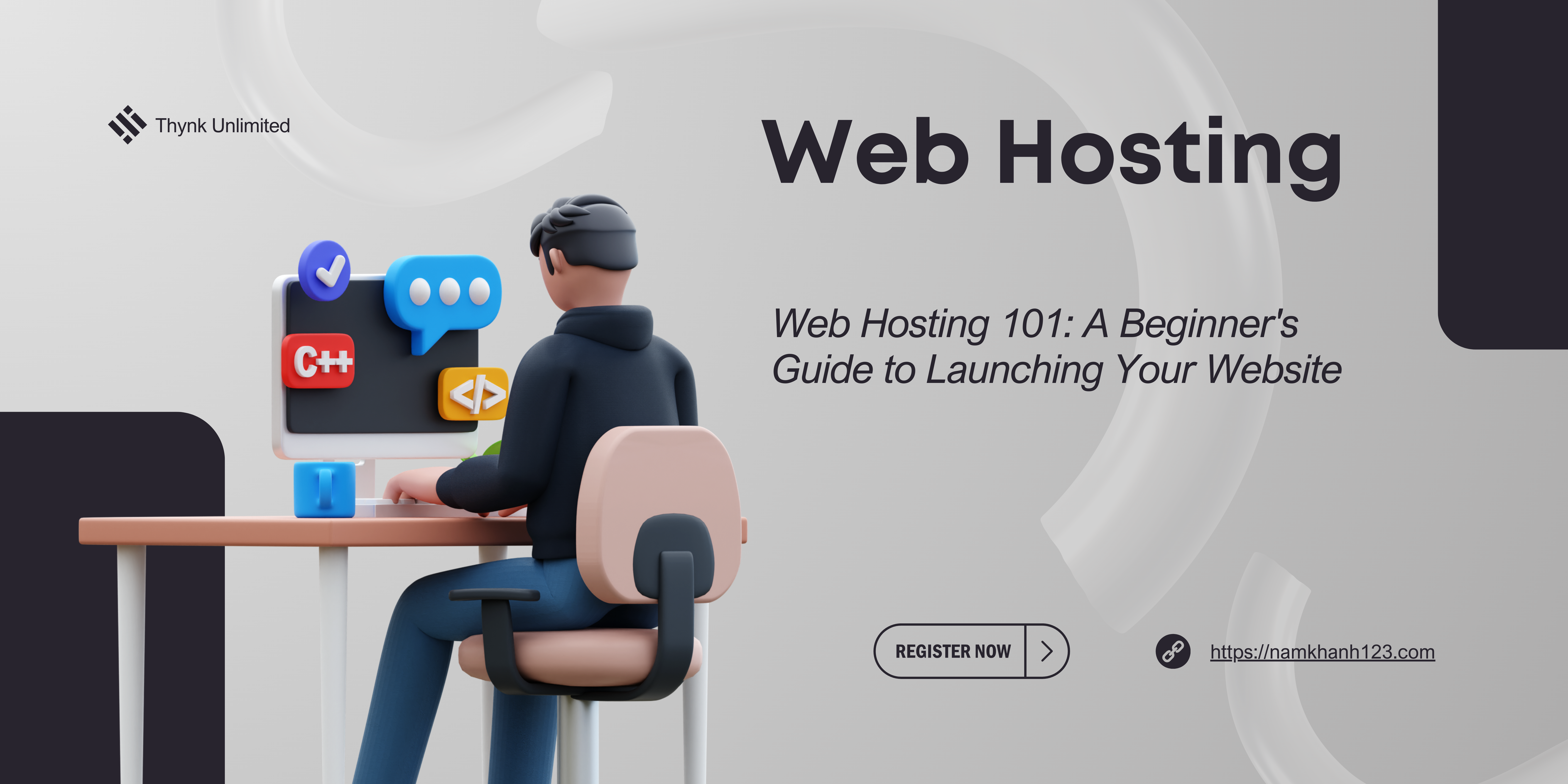In today’s digital age, having an online presence is crucial for sharing your passion, showcasing your work, or expanding your business. The journey to launching your website begins with understanding web hosting, a fundamental step that can seem daunting to beginners. This guide aims to simplify web hosting, providing you with the essential knowledge to confidently embark on your website creation journey.
What is Web Hosting?
Web hosting is a service that makes your website accessible on the internet. It involves renting space and resources on a server provided by a web hosting company. These resources include storage for your website’s files, databases for your content, and the technology needed to ensure your website is accessible to visitors around the clock.
Choosing the Right Web Hosting Service
Selecting the appropriate web hosting service is critical, as it affects your website’s reliability, speed, and security. Here are the main types of web hosting to consider:
- Shared Hosting: The most budget-friendly option, ideal for small websites or blogs. Your website shares server resources with other sites, which can affect performance if one site gets a lot of traffic.
- VPS (Virtual Private Server) Hosting: Offers more control and better performance than shared hosting by providing you with dedicated resources on a shared server. Suitable for growing websites with moderate traffic.
- Dedicated Hosting: Provides the highest level of performance, security, and control by allocating an entire server to your website. Best for large, high-traffic websites with specific requirements.
- Cloud Hosting: A flexible and scalable option that distributes your website’s load across multiple virtual servers in the cloud. Ideal for websites with variable traffic patterns.
Key Factors to Consider
When selecting a web hosting provider, consider the following factors:
- Reliability and Uptime: Look for providers that offer at least 99.9% uptime to ensure your website is always available to visitors.
- Speed: Choose a host with fast servers to improve your website’s loading times, enhancing user experience and SEO.
- Customer Support: Ensure the host offers 24/7 customer support through multiple channels in case you encounter any issues.
- Security: Look for features like SSL certificates, regular backups, and malware protection to keep your website secure.
- Scalability: Your hosting plan should allow you to easily upgrade your resources as your website grows.
Launching Your Website
With your hosting decided, follow these steps to launch your website:
- Register a Domain Name: Your domain name is your website’s address on the internet (e.g., www.yourwebsite.com). Many hosting providers offer domain registration services.
- Design and Build Your Website: You can use a Content Management System (CMS) like WordPress for ease of use or hire a web developer for a custom site.
- Create Quality Content: Populate your website with engaging, original content that provides value to your visitors. Use keywords strategically to improve your site’s SEO.
- Test and Launch: Before officially launching, thoroughly test your website for any issues. Once ready, publish your site, making it accessible to the world.
Optimizing Your Website for Success
After launching your website, the work doesn’t stop there. To ensure your website’s long-term success, it’s essential to focus on optimization and maintenance. Here are some strategies to keep your website thriving:
- Monitor Performance: Use tools like Google Analytics to track your website’s performance. Pay attention to metrics such as page load times, bounce rate, and visitor behavior to understand what works and what needs improvement.
- SEO Optimization: Continuously optimize your website for search engines to improve visibility. This includes refining your content with relevant keywords, improving site speed, and ensuring your site is mobile-friendly.
- Regular Updates: Keep your website’s content fresh and engaging by regularly adding new articles, blog posts, or portfolio pieces. Also, ensure your website’s software, themes, and plugins are up to date to prevent security vulnerabilities.
- Engage with Your Audience: Use your website and social media channels to engage with your audience. Respond to comments, feedback, and emails to build a community around your website.
- Backup Regularly: Protect your website data by setting up regular backups. This ensures that you can quickly restore your site in case of data loss or a security breach.
Expanding Your Website’s Reach
As your website begins to grow, you may want to explore additional strategies to expand your reach and enhance user engagement:
- Email Marketing: Collect email addresses from your visitors (with their permission) to send newsletters, promotions, and updates about your website.
- Social Media Integration: Link your website to your social media profiles and vice versa. Use social media to promote your content and direct traffic back to your website.
- Content Marketing: Beyond your website, publish content on other platforms or guest post on blogs within your niche to increase your visibility and establish credibility.
Conclusion
Launching and maintaining a successful website is a continuous journey that requires effort, adaptation, and learning. By starting with a solid foundation in web hosting, focusing on quality content, and engaging with your audience, you set the stage for a thriving online presence. Keep optimizing and expanding your reach, and watch as your website grows into a valuable asset for your personal brand or business. Remember, the digital world is always evolving, so stay curious, keep learning, and embrace the exciting opportunities that come with having a website.


